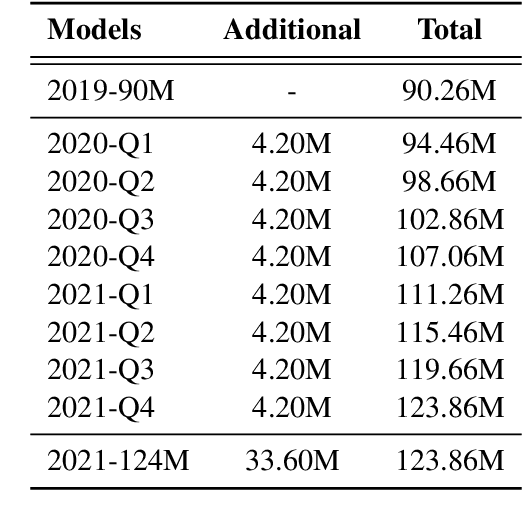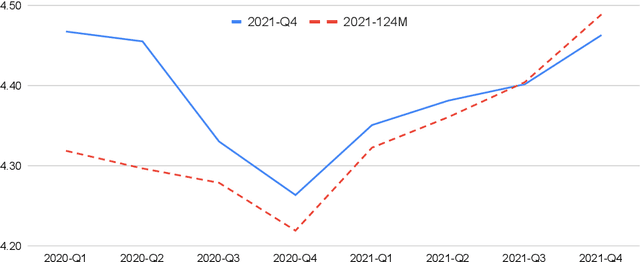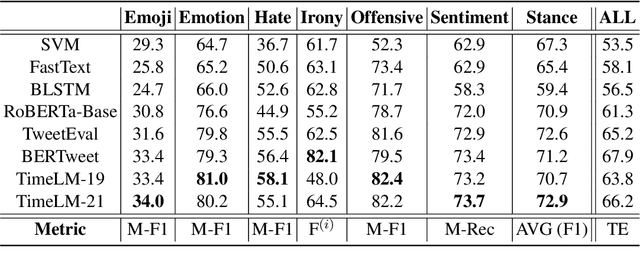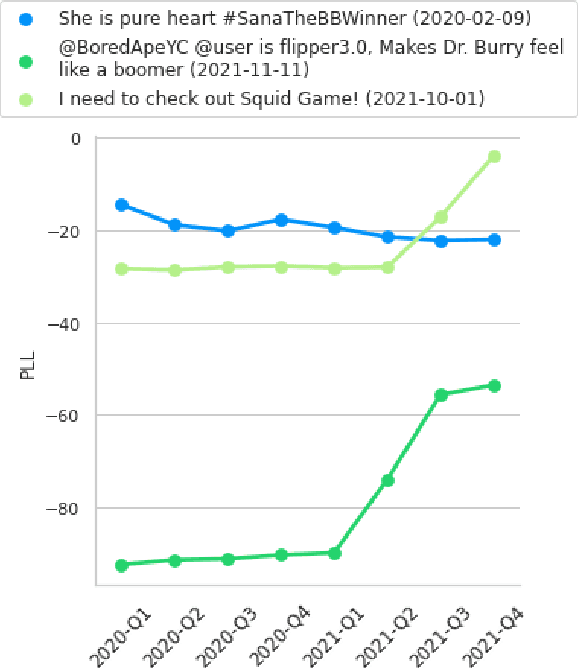TimeLMs: Diachronic Language Models from Twitter
Paper and Code
Feb 08, 2022



Despite its importance, the time variable has been largely neglected in the NLP and language model literature. In this paper, we present TimeLMs, a set of language models specialized on diachronic Twitter data. We show that a continual learning strategy contributes to enhancing Twitter-based language models' capacity to deal with future and out-of-distribution tweets, while making them competitive with standardized and more monolithic benchmarks. We also perform a number of qualitative analyses showing how they cope with trends and peaks in activity involving specific named entities or concept drift.
* GitHub: https://github.com/cardiffnlp/timelms
 Add to Chrome
Add to Chrome Add to Firefox
Add to Firefox Add to Edge
Add to Edge